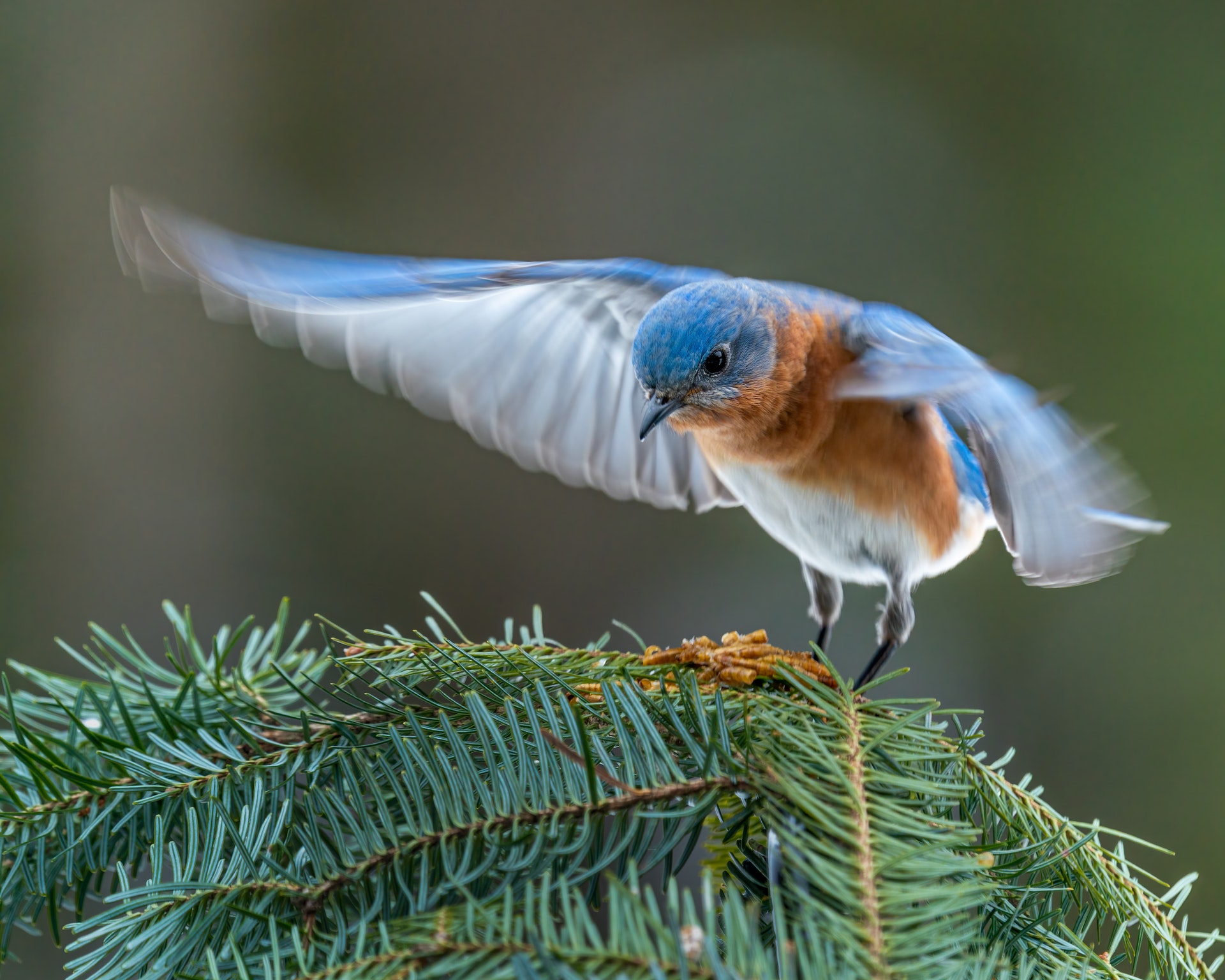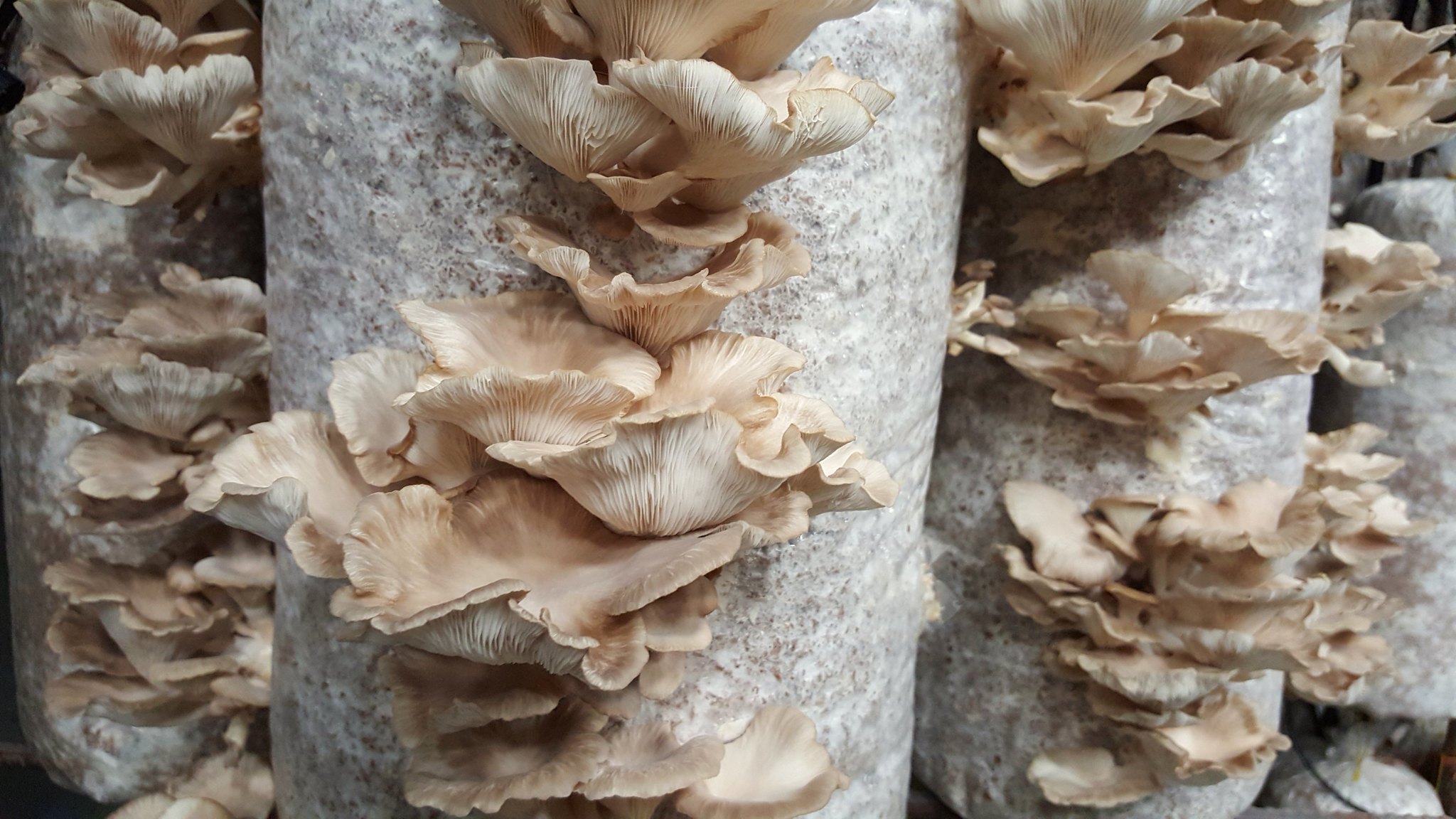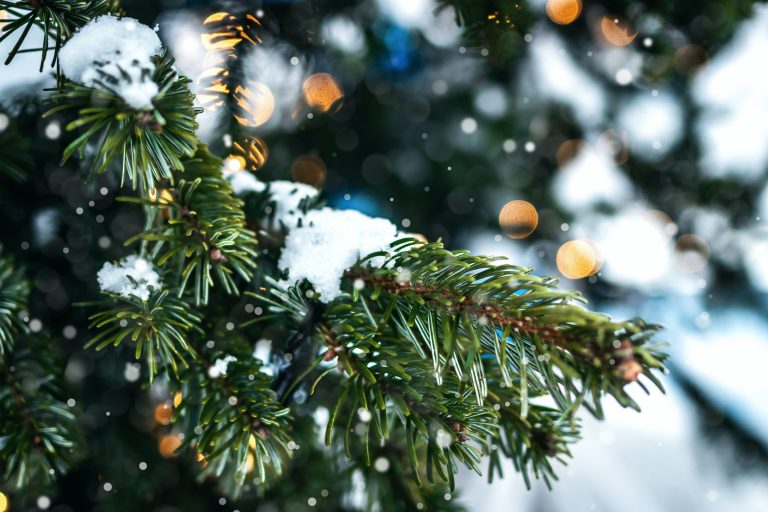With the Christmas season officially over, many of us will be disposing of our living Christmas trees. While most municipalities will repurpose your Christmas tree for you by chipping them into mulch; you may like to consider other options for extending the life of your tree.
Wildlife habitat
Evergreen trees make excellent wildlife habitat, especially for small birds. Give your feathered friends some welcome cover and protection from predators. Prop your tree up in your yard with one or more bird feeders – high calorie foods like sunflower seeds, suet, and peanuts are best for the winter.

Submerged in water, Christmas trees also offer food and habitat for fish and other aquatic life. Keep the tree intact, so that it sinks into the water. Fish will feed on the algae that grows on the branches, which also offer protection from predators. Do this only in your own pond or lake, or with permission on others’ or public property.
Placed in a chicken coop, an evergreen tree will give your birds refuge when a hawk is overhead or the fox is lurking about.
Protect and nourish your plants
Evergreen branches are valuable insulators for your garden. Remove them from the trunk with loppers or a hand saw, and lay them over your less-hardy perennials. This will help prevent damage from freeze-thaw cycles, as well as from the errant snow shovel. Remove the branches before you see significant growth in your plants, or they will become entangled with the vegetation.
Success
You are now signed up for our newsletter
Success
Check your email to complete sign up
The falling needles from these boughs can also help keep an ideal pH for your acid-loving plants; like azaleas, hydrangeas, strawberries, and especially blueberries.
If you burn the wood in a campfire or bonfire, the ashes will be full of important nutrients for your garden, including calcium, potassium, magnesium, phosphorus and more. Wood ash has an alkalizing effect on the soil, so avoid using it on the acid-loving plants mentioned above.
Creative projects
Conveniently, evergreen trunks are about the right size for coasters. Allow the wood to dry completely (to prevent splitting); then use a miter saw or a chop saw to cut half-inch sections for a rustic and unique table-top protector. Sand the top and bottom, and apply stain, varnish or linseed oil as a finish.
Alternatively, the trunks can be cut into equal-length posts to prop up plant containers. Often a little more height can give a plant that extra bit of sun it’s wanting. Wood from the branches can be used for various small craft projects, and the still-fresh needles can be used to fill scented sachets for air fresheners.

Mushroom logs
Another possibility for your old tree is to inoculate it with mushroom spores. Mushrooms are not difficult to grow on logs – they do it naturally in the wild and play an important role in the decomposition of organic matter. The trick to growing edible mushrooms is to match the fungus with the wood it likes to grow on. While most commercially available mushroom spores prefer hardwoods, Smugtown Mushrooms has a variety of Phoenix Oyster that is naturalized for evergreens.
Mushroom spores come in the form of “plug spawn,” a convenient way to pop the mycelium-creating magic into your log. Inoculated dowels are tapped with a hammer into pre-drilled holes which should then be sealed with melted cheese wax or beeswax.
To grow a mushroom log, strip the trunk of its branches. You may want to take on your neighbors’ tree as well, since the plugs come in packs of 100, enough for two or three logs, depending on the size. Use a 5/16” drill bit to drill staggered rows of holes six inches apart. Drill just to the depth of the plug, using clean hands to handle the material.
The prepared logs can be placed in a cool garage through the winter, and brought outside in the spring to a shady spot that will see plenty of precipitation. By next fall, or the following spring, you should start getting periodic blooms of mushrooms. Keep close tabs on these logs, as mushrooms can come and go in no time. A decent sized tree will yield mushrooms for years.
Be sure to mark your log(s) so you will be able to identify them later. If you put it in a wooded area, it may get mixed up with other fallen trees, or you may mistake it for firewood.
If you do not have the time or inclination to repurpose your tree, do not feel guilty. Chipped trees biodegrade quickly and provide important mulch supplies to parks and gardens. Remember, these trees were grown as a crop, and are not contributing to deforestation. Christmas tree farmers are continually planting new trees, which provide habitat for their surrounding wildlife.















